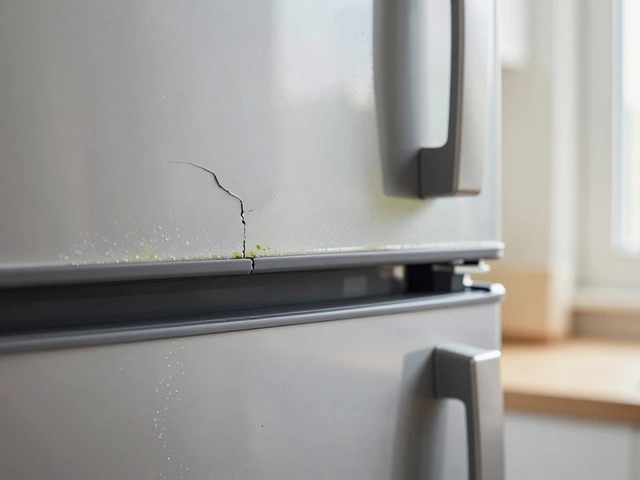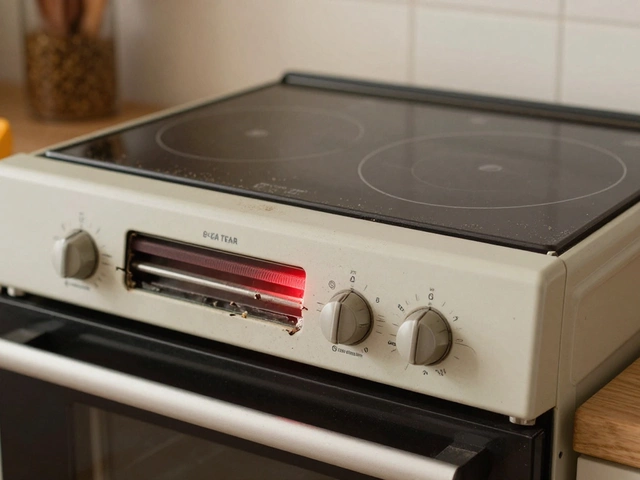Reset Compressor – How to Get Your Cooling Back on Track
When working with Reset Compressor, a short procedure that clears error codes and restarts the motor inside cooling appliances. Also known as compressor reset, it can revive a fridge or freezer that suddenly stops cooling. A quick reset often solves the problem without costly part replacements, and you’ll know exactly why the step matters before you start. reset compressor is the key phrase you’ll hear when troubleshooting cooling issues.
A Compressor, the heart of any refrigeration cycle that compresses refrigerant gas to create cold works like a pump. When it stalls or receives a false error signal, the whole system thinks something is wrong and shuts down. Resetting the compressor clears the fault and gives the control board a fresh start, which often brings the unit back to normal operation. Think of it as hitting the refresh button on a stuck computer.
Most household cooling units – Refrigerator, a kitchen appliance that keeps food chilled using a sealed cooling loop and Freezer, an appliance that maintains sub‑zero temperatures for long‑term food storage – rely on a single compressor to circulate refrigerant. The relationship is simple: the refrigerator requires a functioning compressor to maintain safe food temperatures, and a freezer depends on the same component to stay frozen. If you notice the temperature rising, the first thing to check is whether the compressor has tripped.
When to Reset Your Compressor
Typical triggers for a reset include power surges, a door left open for too long, or a sudden temperature spike that confuses the control board. Before you pull any tools, make sure the appliance is unplugged for safety. Then locate the reset button – usually a small, recessed push‑button near the compressor or on the control panel. Press and hold for a few seconds, release, and plug the unit back in. Most modern units will run a self‑diagnostic cycle and restart the compressor automatically.
If the appliance resumes normal cooling, you’ve likely solved a momentary glitch. However, if the compressor still won’t start, you may be facing a deeper mechanical fault such as a burnt motor winding or a refrigerant leak. In those cases, it’s wise to call a qualified technician. At Warwick Appliance Fixers we specialize in diagnosing and repairing compressors, so you won’t waste time guessing what’s wrong.
Remember, a reset is a diagnostic tool, not a cure‑all. Regular maintenance – cleaning condenser coils, checking door seals, and ensuring proper ventilation – reduces the chance of future trips. By treating the compressor as a component that both enables cooling and reacts to system errors, you’ll keep your fridge and freezer running efficiently for years.
Below you’ll find a curated list of articles that walk through common compressor issues, step‑by‑step troubleshooting guides, and advice on when to DIY and when to call in the pros. Dive in to get the details you need to keep your kitchen running smoothly.
Struggling with a freezer that's not cold? It could be your compressor acting up. This article guides you through resetting your freezer's compressor, a handy trick that might just save your fridge from a costly service call. You'll learn how to spot the signs it's time for a reset, the tools you need, and tips to do it right. Embrace your inner DIYer without fear!


